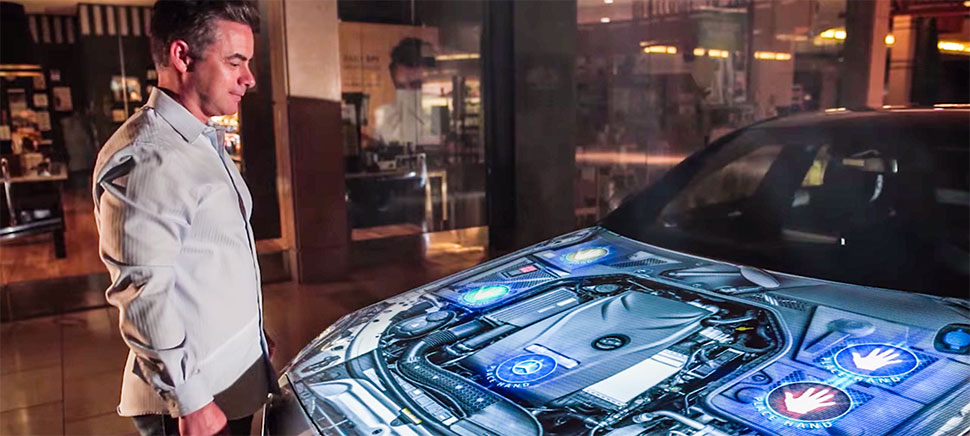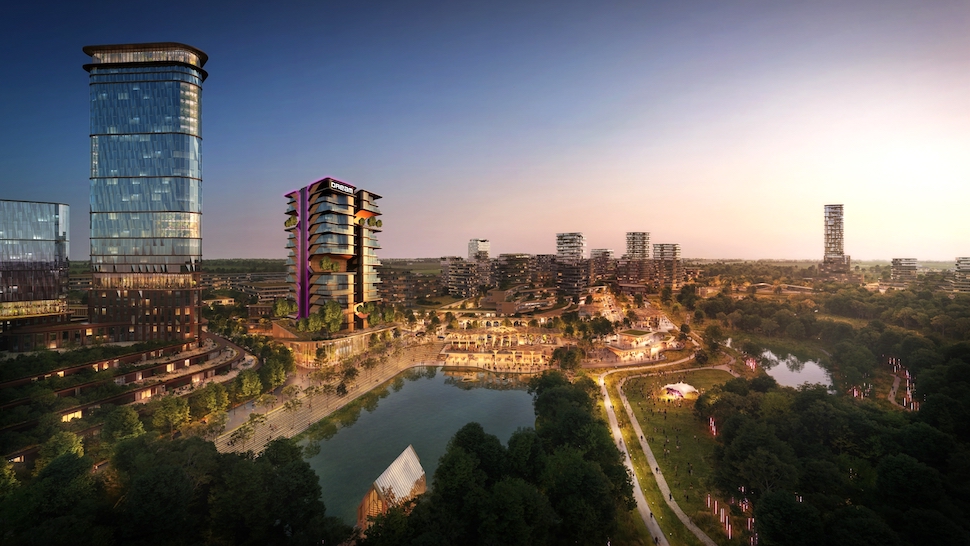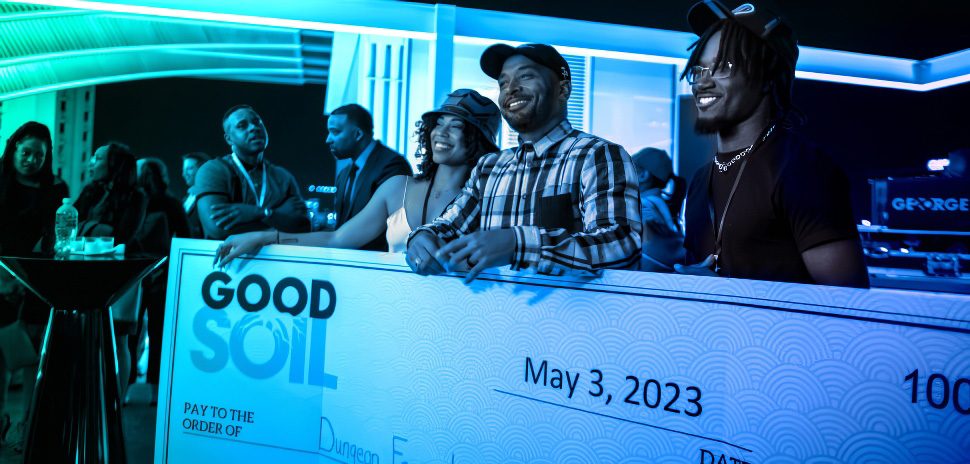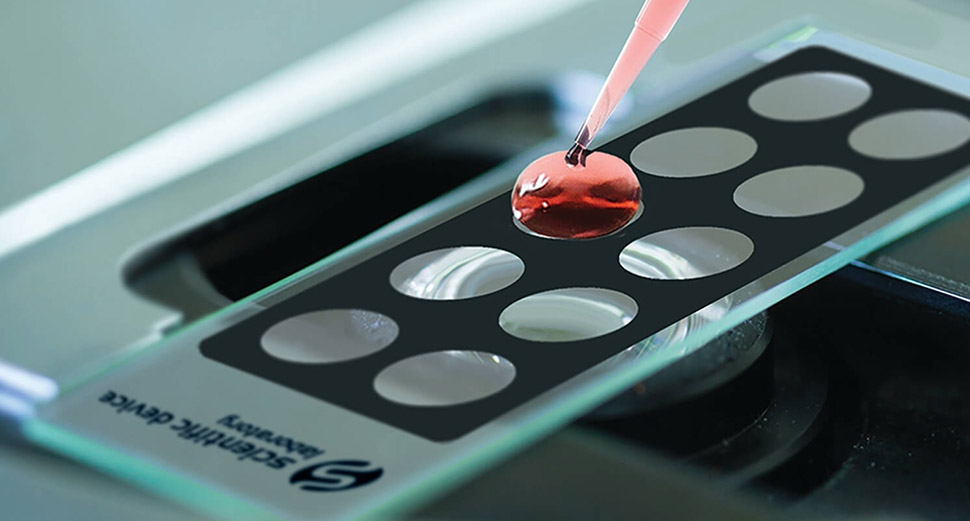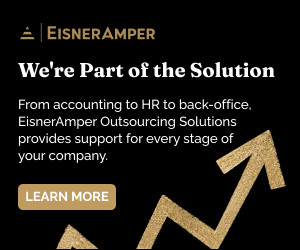Pokemon Go took augmented reality mainstream, putting a digital experience on top of the real world.
But Dallas-based startup Spacee is working on a totally different AR technology that doesn’t require smartphones or glasses.
CEO Skip Howard showed off his technology at the Big Design conference Friday at the Crowne Plaza Dallas hotel. The potential for this type of AR is huge, whether it’s superimposing interactive videos on a Mercedes-Benz in the showroom or producing a hologram in a retail store.
“No devices are necessary. This is augmented reality in the real world.” Skip Howard
“No devices are necessary. This is augmented reality in the real world,” Howard said. “You’re putting a digital layer across a physical space in the physical world and you’re creating actual intelligence in that world for people to use. The big difference is that it’s frictionless. There’s nothing the user has to do to interact with it other than to reach out and touch it.”
Spacee has five employees now but Howard said they’re planning to add 20 people over the next six to eight months.
Unfortunately, Howard wasn’t able to talk about many of the “killer awesome stuff” he’s working on because of non-disclosure agreements. He said he’ll be able to say more by November or early next year.
There are limitations to this form of AR versus systems like Pokemon Go. Whereas Pokemon Go can be played anywhere in the real world, what Spacee builds must be done in a set environment because it uses high-tech projection to produce the images and cameras to detect human interaction, Howard explained.
For example, a game like Pokemon Go could be played without having to look through a phone, and the creatures would actually run from you. But it would have to be played in a set space that’s outfitted with cameras and sensors every 15 feet, Howard explained.
The projections work on curves and angles, which allows Spacee to project images on top of a Mercedes-Benz at The Shops at Willow Bend in Plano.
“It’s like a test drive. You can actually make the entire car interactive. Kick the tires and have information come up.”
Skip Howard
Combining this interactive experience with a test drive increases the time people spend with the car and leads to more sales.
“When this went live, we sold three cars in the first 45 days,” Howard said. “It’s like a test drive. You can actually make the entire car interactive. Kick the tires and have information come up.”
They’ve also used it to project a touchscreen image on the side of a trailer at a Peterbilt Trucks showroom.
With that in mind, the future potential for retail, marketing, and other areas is pretty much limitless. Combining hologram technology with voice recognition, facial recognition, and artificial intelligence, you could have digital people help shoppers in a store, for example.
They can look at gender, facial expressions, identifiable logos on the person’s clothing, and other factors to best serve the customer, Howard said.
For a daily dose of what’s new and next in Dallas-Fort Worth innovation, subscribe to our Dallas Innovates e-newsletter.










